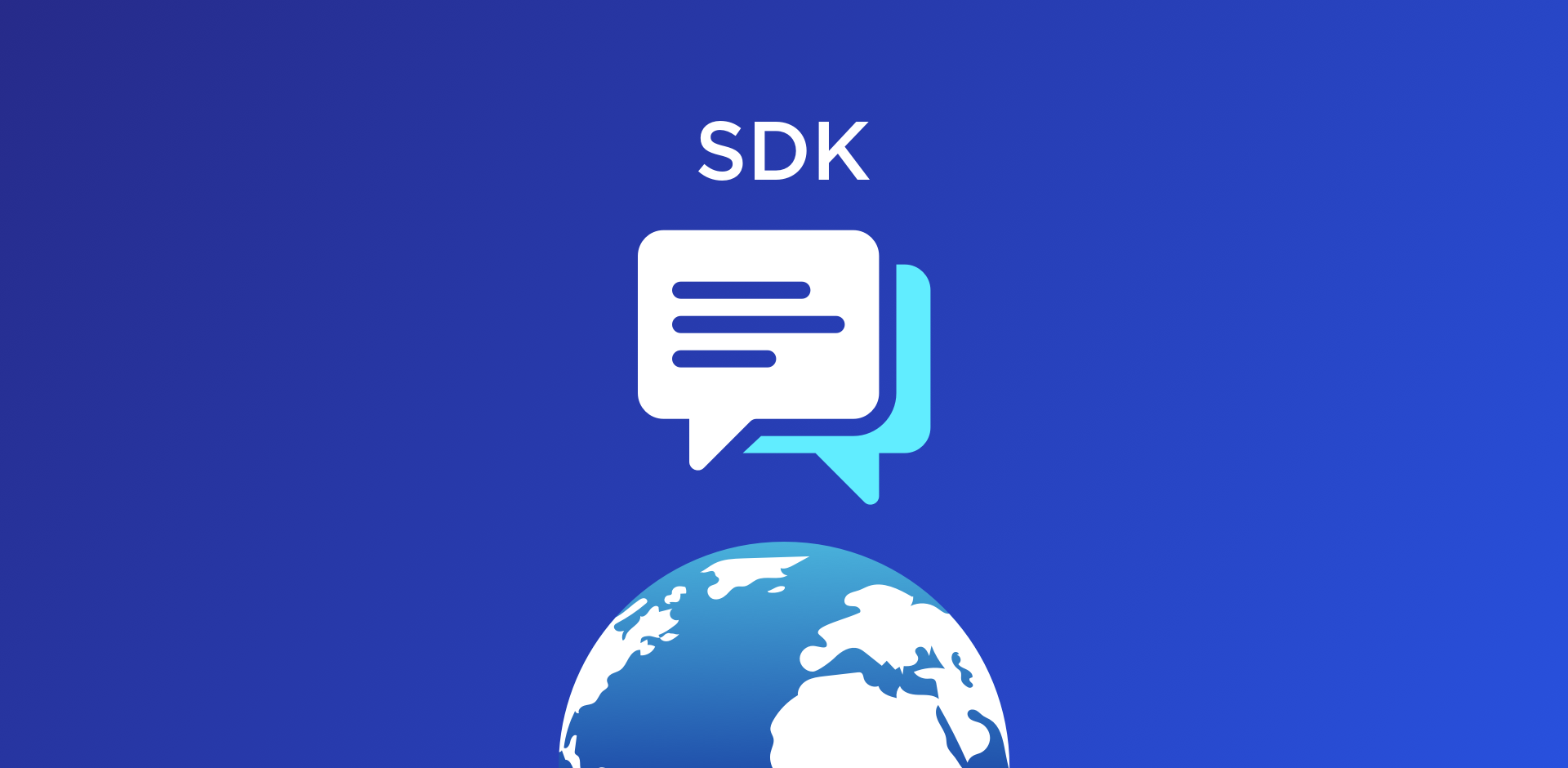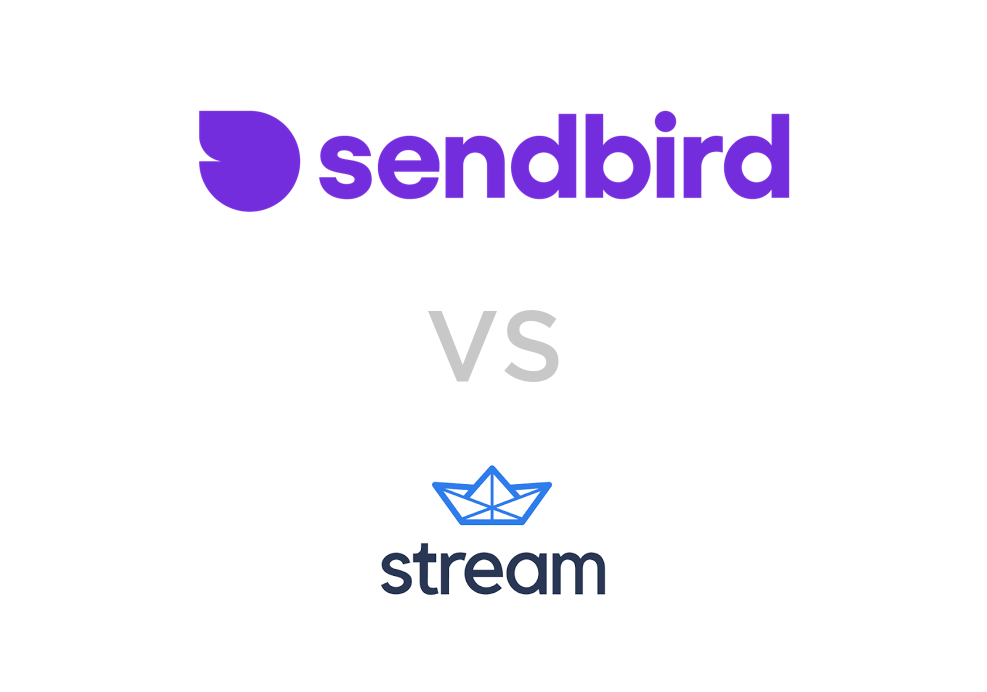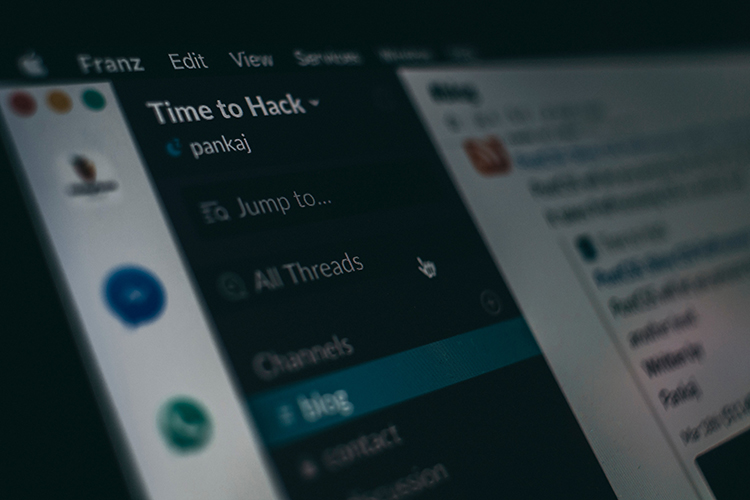Sendbird vs. Stream.io: What You Need to Know

Adding SDKs to your app project should be a simple process. That’s why Cory McAboy, Director of Engineering at Rapptr Labs, shared his insights on using SDKs.
What is a Chat SDK?
Think of Software Development Kits (SDK) as a toolbox filled with different tools. These tools provide the basic materials that developers need to create a wide range of items. Chat SDK is when developers use an SDK “toolbox” to create a platform that allows people to message each other.
Chat SDKs give developers the tools necessary to integrate your app project with messaging features. This can be done without Chat SDKs; however, that process takes a significant amount of time and manpower.
Sendbird and Stream.io are two well-known SDKs that provide developers with the tools necessary to get your in-app messaging platform up and running.
Incorporating Chat SDK into an Application
Integrating a Chat SDK into an app project is a decision that should be made upfront. “The due diligence stage, which is before you actually get started on research on whether the project is worth doing or not, is when you should be looking to incorporate a Chat SDK,” says Cory McAboy, Director of Engineering at Rapptr Labs.
You will need to consider if chat functionality is a key selling point on your app. “If a core part of your product is chat, I would highly encourage using a Chat SDK,” says McAboy. “For example, if you are building a Slack, but focused on the automotive industry, and the core function of the app is communicating with auto dealers, then chat function is a very important piece of the puzzle. Chat SDKs are also going to keep track of all the legal ramifications, like compliance, so you don’t have to worry about that. You can really work on driving customers to your app and growing that base.”
Chat SDKs give you the freedom to focus on building your client base because you don’t need to focus on legal issues or on developing a new chat platform. “You can take a huge shortcut by using Chat SDKs, like Sendbird or Stream.io. Your app project is not only going to get to market faster, but it’s also going to reduce any errors. If you decide to build the chat yourself, without an SDK, errors will always occur during the developing stage because creating a whole new chat platform takes time,” McAboy says.
Chat SDKs do not come cheaply and you can expect to spend at least $499 USD per month. Alongside the high cost, there are risks that are associated with incorporating a Chat SDK. When you use a Chat SDK, you allow the SDK vendor to store your messaging data. “The way that these vendors work is they house the data, the actual chat messages. If you incorporate an SDK, all the message data is actually going to the vendor’s servers. You can reconfigure it to get a duplicate, but for the most part, the vendors actually own that data,” McAboy says. This aspect of a Chat SDK is important to know when researching because once you pick a vendor, it makes financial sense to stay with that vendor.
“Vendor switching costs can be high. If you want to actually leave a vendor and go to a competing vendor, you have to figure out how to get all that data off the center, and vendors don’t have an incentive to help you. Due diligence at the researching stage is very important,” McAboy says.
Choosing an SDK may seem like a daunting process, but McAboy suggests you start small. “I’ll just go to Google and I’ll find one popular vendor. Then type out that vendor name in Google, and typically Google will pop up a lot of different competing vendors with whatever brand you’re typing in. If you just search a few of those comparisons, you might find a good article that kind of lays out the landscape for different vendors and prices and features.”
Sendbird vs. Stream.io
Both of the Chat SDKs platforms offer a robust experience with the necessary tools that developers need to start creating a messaging system. Both Chat SDKs were created in the early 2010s, and they now boast millions of users. They are both perfectly capable of working for you, but it really comes down to pricing, products, and preferences.
Pricing
A key difference in Sendbird vs Stream.io is the ability to test the platform before making a commitment. Sendbird boasts having some of the world’s leading brands using their platform, and with big names, like Reddit, Hinge, or Chegg, Sendbird’s platform can speak for itself. This may be why Sendbird does not offer a free trial.
Stream.io does offer a free trial and a demo session. Their pricing starts at $499 USD per month; $100 USD less per month than Sendbird’s lowest online price, which is $399 USD per month. However, McAboy suggests that in reality, you’re looking at around $500 a month minimum with Sendbird.
These amounts look similar, but Sendbird is actually more expensive. Sendbird and Stream.io both charge a certain amount per Monthly Active User (MAU). With Stream.io, you pay $400 USD per month with a maximum of 25,000 MAU. Sendbird charges $399 USD per month with a maximum of 5,000 MAU; it would cost about $3,499 USD per month for 25,000 MAU on Sendbird.
Stream.io is a less expensive option, but that does not mean it’s cheap. Stream.io also has a large client base and works with clients like Global Citizen, Unsplash, and Sketchfab.
Both Chat SDKs are well-known and tout over half a million users. This is great news because as McAboy says, “The biggest mistake I’ve seen people do is not using an established SDK and trying to hold their own.”
Products
Sendbird offers more products than Stream.io. Sendbird offers Sendbird Chat, Sendbird Calls, and Sendbird Desk. Chat provides online and offline messaging services, while Calls gives you the option for both voice and video calls, and Desk offers you the ability to implement in-app support.
McAboy says, “If you want to build your own branding on the chat experience, like if you want to build your own Slack, but you want to put in your brand signature with your own fonts and colors use Sendbird. It’s heavily customizable.”
Stream.io products are chat messaging and the option to build a scalable activity feed. There are fewer options to customize, but the price point would be worth it if branding is not something you’re investing in right now.
You can message using both SDKs, but only Sendbird gives customers offline messaging options and calling options. However, only Stream.io lets you create an activity feed.
The choice comes down to how you expect your clients to use the system. Is an activity feed necessary to keep driving traffic to your app? Or, will more people be video chatting? These are questions you should be asking yourself when you’re considering which platform to use.
Preferences
The make it or break it factor tends to be if you like the platform. In a recent article about Mixpanel vs. Firebase Analytics, Drew Johnson— CEO and Founder of Rapptr Labs— said it best, “What you need to think about is: which tool do you feel most excited about using? At the end of the day, these tools are only as useful as you put in the time and energy. Just go with your gut.”
The choice comes down to you and your app project needs. Trust yourself to know what you are excited to work with.
Written by:
Liz Hopta
Read more academy articles →



